Review of The Hero’s Tale, a family focused tabletop RPG
Note: This post may contain affiliate links. At no additional cost to you, I may earn a small commission from purchases made using them. TTRPGkids uses this to keep the site going. Read full disclosure here.
Jump to:
Hero’s Tale is made with adjustability for all ages in mind (counting/tracking required)
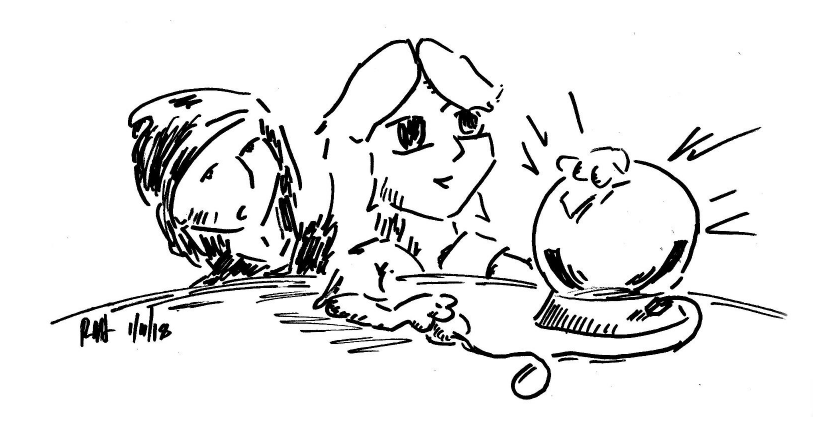
The Hero’s Tale is a system, so you get to decide the story content and can include content that’s appropriate for their age. It also has flexibility to use skill encounters, combat encounters, or both to fit the interests of both younger and older players.
The encounter mechanics are also fairly easy for players to follow, with much of the tracking being placed on the game master, and only uses one die (the d20), so it should be easy for young players to pick up quickly. The character sheet is also MUCH easier to understand and quickly use than a lot of other well known tabletop RPGs.
For these reasons, I rate this as an all-ages game since it can be kid-appropriate and lessens the load on players to track. There is still some tracking and reading on the character sheet and with character creation, so I would probably wait a little bit before introducing my 3yo, BUT for kids who can read? …perfect intro to tabletop RPGs!
Hero’s Tale is setting agnostic
Because The Hero’s Tale is a system, it can work with any setting! The one I played was a classic medieval setting, but, talking with the creators, they’ve played other settings (the sci-fi one sounded amazing) as well.
The ability choices can be flavored to match different environments pretty easily by modifying how it is described when used. For example, in a medieval setting, maybe your healing is described as casting a spell, but for a modern or sci-fi setting, you use a medkit or have a Star Trek style regenerator device at your disposal.
There’s a lot of flexibility allowed, which is great for outfitting to your player’s different interests.
Your character in Hero’s Tale

Your character can be anyone that you want! And they are built more around their story versus creating stats. You choose elements of their abilities, background, and relationship to the party, and that is what determines the numbers on your sheet.
For example, I played a paladin protector who was the party leader. The leader designation meant that I could get a hint every so often for the group, and being a paladin meant that I could block a hit for someone else. I also got certain base stats and abilities.
Later, after earning Story Points (see mechanics section), I can upgrade those stats and abilities how I want. You also choose skills that maybe aren’t 100% related to combat or spells, like knowing how to ride a horse or being able to cook, that add to your story and can give situational advantages while playing.
What I really liked about this was that your focus is on making a character, not filling out a ton of stats. By creating the character’s story, it naturally fills out the character sheet with the numbers you need. The character sheet was also pretty easy to read and follow (there’s 5 attributes + a list of up to about 12 spells, actions, or skills that you choose as you level to track). It took maybe a 10 minute explanation at the beginning of the game, and I had a character built and ready to go.
Mechanics in Hero’s Tale facilitating teamwork and creativity
Overall mechanics
The game manual for The Hero’s Tale is a bit long, but it is worth it! Think of how many books there are for a system like D&D or Pathfinder – this is still shorter than those, but it gives a comparable framework for you to run full campaigns with a lot of flexibility in your player’s characters, your encounters, and your stories. I feel like it is a good balance for those who want something with the mechanics depth of D&D or Pathfinder but don’t need it to be crunchy (either due to your preference or to make it more appealing for your kids).
Unique and flexible magic/ability system
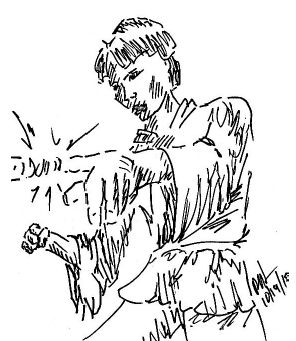
Magic and abilities in The Hero’s Tale are divided into different categories: light, shadow, mental, striking, nature, and dimensional. Within these categories are different abilities that you can buy with points as your character grows. All these abilities are unique to the game – all the spells, all the actions, all the descriptions were made for this system, so they fit to the system really well (versus being ported in from another system).
The spells and abilities are also very flexible. If you have a light spell that is about the strength of a headlamp, you can determine how that light spell works beyond that description versus being limited to really specific components and range rules. Spells and abilities follow more of a description basis with a lot of the details being left to the player’s creativity, which is GREAT for kids and new players! This encourages imagination and doesn’t bog players down with having to remember a ton of details.
Combat and story vs turns
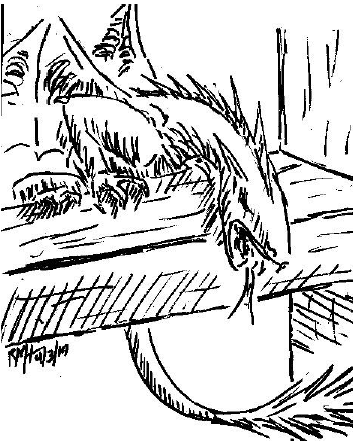
During combat, you don’t roll for initiative, you jump into the combat round that you want! However, there is nuance to it so everyone isn’t just trying to go first. There are three phases in a round of combat – an aggressive first phase, a balanced second phase, and a defensive third phase. Depending on when you decide to jump in, it makes it harder or easier to attack or defend. This helps you with strategizing between players and makes combat a bit more intuitive. It also lets you build your character’s personality a bit – instead of them going last because they rolled low, they are going last because they want to… they’re choosing to wait and more easily take incoming attacks for their friends!
Another interesting aspect of this system is shifting a lot of the combat tracking pressure off the players. The players roll a d20 and add any applicable bonuses for the skill, attack, or spell that they are using and tell the game master. The game master determines the success based on their set difficulty for that phase of combat and you tell the story of that result together. Any damage done is set (so you aren’t tracking a whole bunch of different dice all the time). What’s great about this is, combat FLOWS. I’ve played tabletop RPGs where a round of combat can take 15+ minutes while everyone is going back and forth and scrounging dice to roll. In this game, I think rounds were maybe 3 minutes max with 3 players. It was smooth, and it was easy for me, as a brand new player to the game, to match the pace of combat.
Going heroic
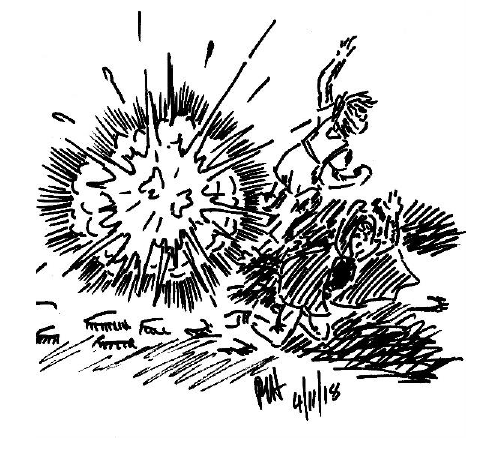
To do something epic in a lot of games, you need a nat20. While a nat20 does have effect here, there is also a mechanic set to pull off some EPIC feats! You can choose, when you decide, to GO HEROIC and get bonuses to your action plus add that extra flair of dramatic storytelling. This gives players that choice to choose when the epic moments happen – there’s more agency in building the story.
Story points and karma vs. XP:
Instead of leveling up by tracking XP, you earn Story Points (SP) and Karma Points (KP) during the game that you can use grow your character!
SP is earned by completing scenes, so each combat encounter or social encounter earns everyone who participated one SP. In the game I played, we had three main scenes in the game, so everyone earned 3 SP.
You also earn SP by getting votes for play of the game! At the end of a session, everyone votes for their top two plays of the game. This is how players can reward each other for doing a good job in-game. If your friend healed you at a critical moment or went HEROIC to deliver the final blow, you can give them a play of the game vote, which earns them an extra SP. Whoever gets the most votes also gets an additional point.
For KP, you earn this by doing “good stuff”. This is a way to give positive reinforcement for making morally good choices without saying “you can’t be a jerk”. Something like jump in front of a friend to take a hit or finding a peaceful solution to a dispute can earn you KP and is tracked and awarded by the game master at the end of the session.
So, what does this all do? You use your SP and KP to buy new skills and abilities and to get points towards going HEROIC! It also encourages playing as a team, trending towards being good in (and out of) your game world, and expressing appreciation for your group. I personally LOVE this method for “leveling” since it focuses on the positives and cooperation – you earn your growth less by what you do and more by how you do it.
Overall thoughts on Hero’s Tale
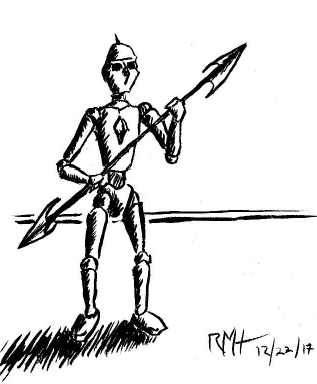
The Hero’s Tale was a lot of fun! It was easy for me to pick up, I liked experimenting with the new mechanics, and I loved the cooperative elements of the game. For anyone hesitant to start D&D or Pathfinder because of crunchy mechanics or worries about player conflicts, this is a FANTASTIC alternative that still definitely embodies the feel of a full campaign-style tabletop RPG.
I also had a blast playing with the creators and getting to chat with them after the session about their game, which they rightfully have a passion about. The Hero’s Tale was designed to be a very positive way to bring a sustainable campaign-style tabletop RPG into a family setting, and I believe this game accomplishes that goal.
Where to find a copy of Hero’s Tale
A copy of The Hero’s Tale can be found here on Amazon or here on DriveThruRPG!
Also, check out my book review of Role Dice, Build Character! This book was written by Mark Hansen, one of The Hero’s Tale’s creators, and the review can be found here!
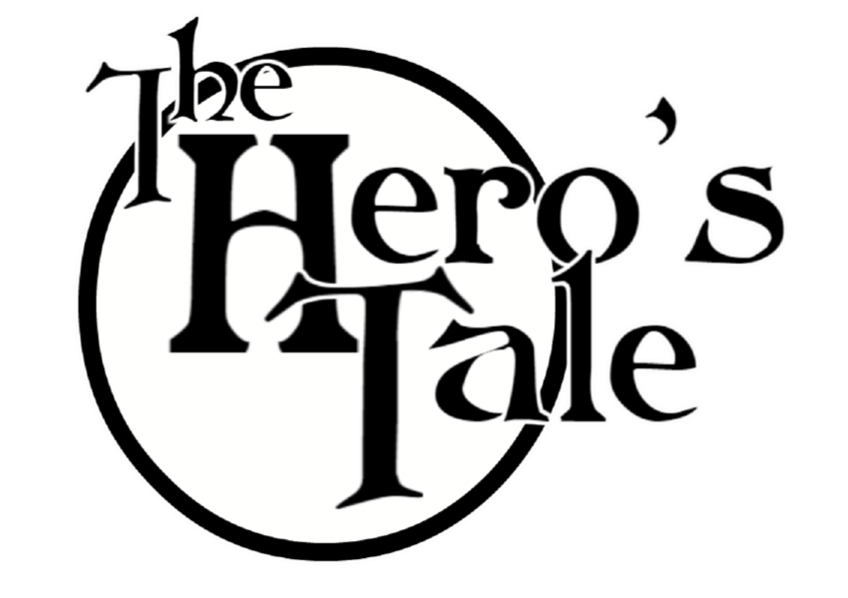
If you liked this post, make sure to subscribe to the TTRPGkids monthly newsletter to stay up to date on the latest reviews, tips and tricks, game and podcast list updates, and more! Thank you for playing tabletop RPGs with your kids and sharing this awesome hobby with the next generation!

1 thought on “Review of The Hero’s Tale, a family focused tabletop RPG”